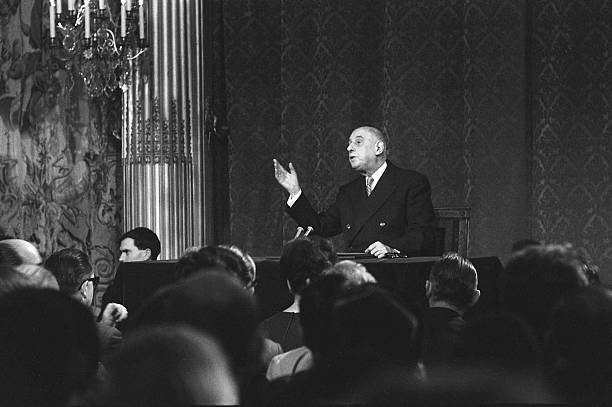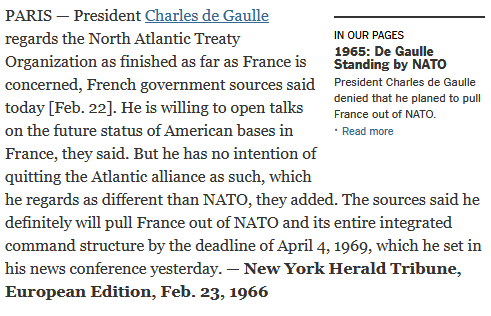Today, we're starting our "Intellectual History" by covering Wright and Richardson! Here's a summary
But at the time of Sorokin's writing, Wright had only given a series of lectures on the topic at @UChicago in 1933 (published in a small book in 1935):
books.google.com/books/about/Th…
press.uchicago.edu/ucp/books/book…
"These volumes bring to an end a study of war begun at the University of Chicago in 1926. In the spring of that year, on the initiative of Professor Charles E. Merriam, several members of..."
@UChicagoSSD made grants. These started the "Chicago Project on the Study of War"
Those students were the first class of @UChicagoCIR!
In the Forward to "Study of War", Wright writes, "This investigation, begun in the hopeful atmosphere of Locarno.." which is in reference to the 1925 Locarno Accords
en.wikipedia.org/wiki/Locarno_T…
en.wikipedia.org/wiki/Lewis_Fry…
tandfonline.com/doi/abs/10.108…
nature.com/articles/natur…
correlatesofwar.org/data-sets/COW-…
Next week, we'll tackle more directly a question underlying Wright and Richardson's work -- is war declining in frequency and magnitude?
(end)











